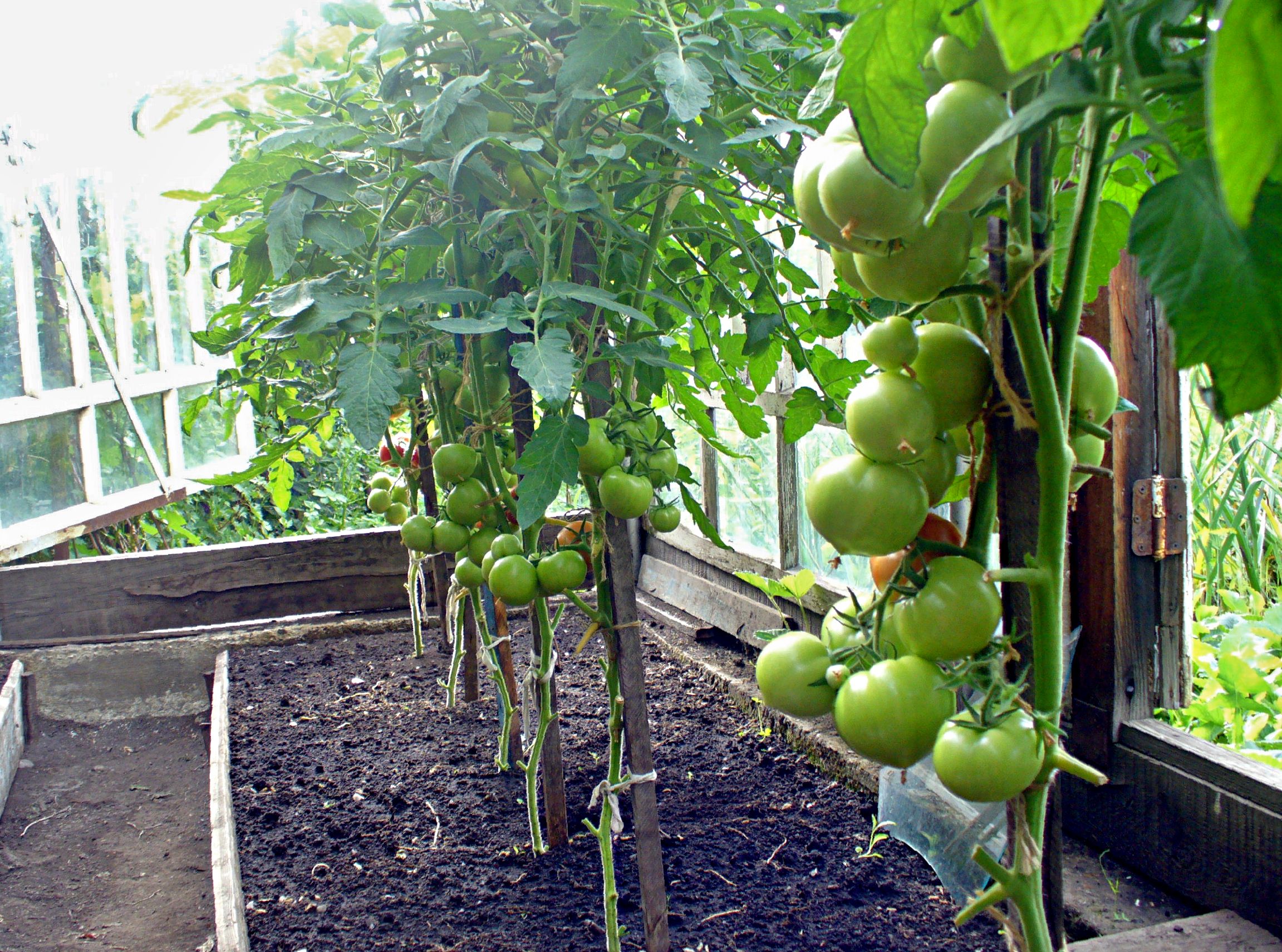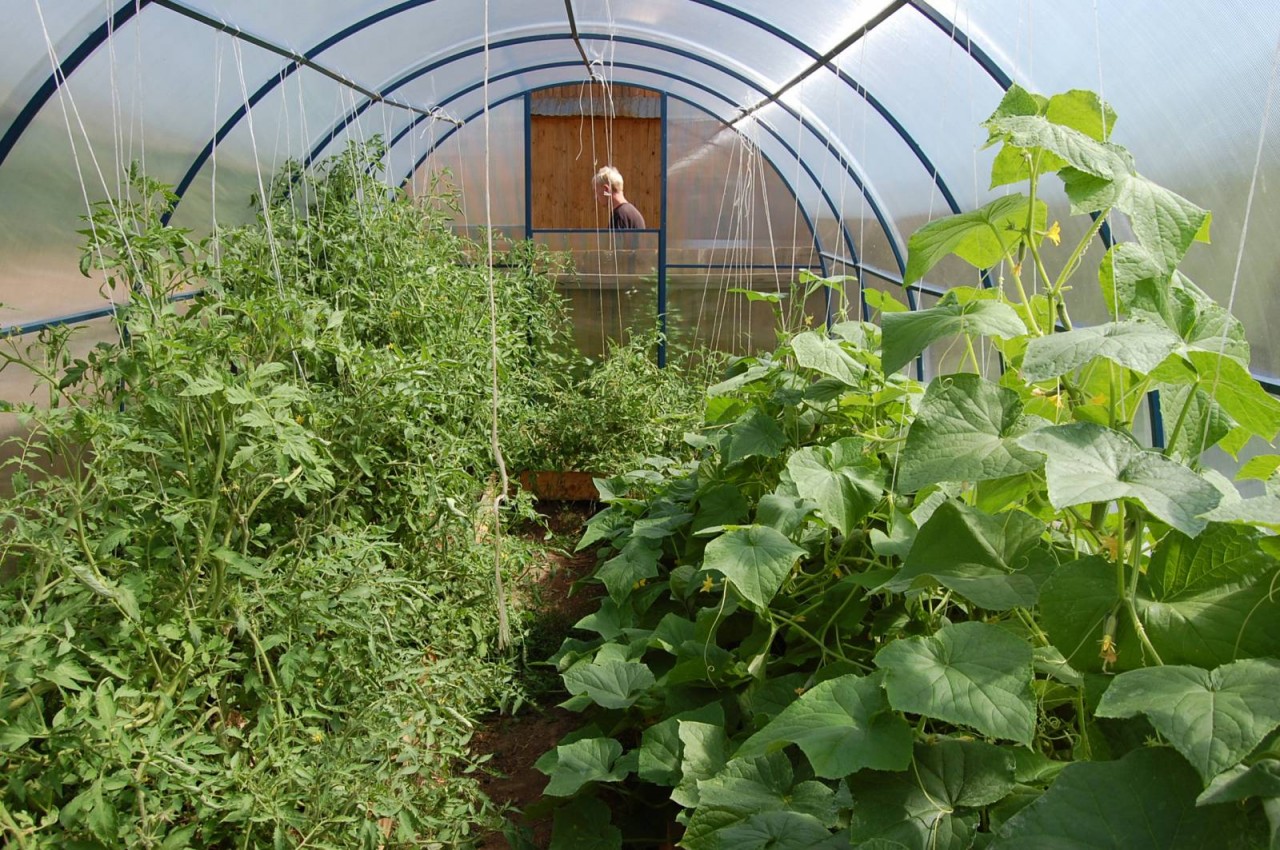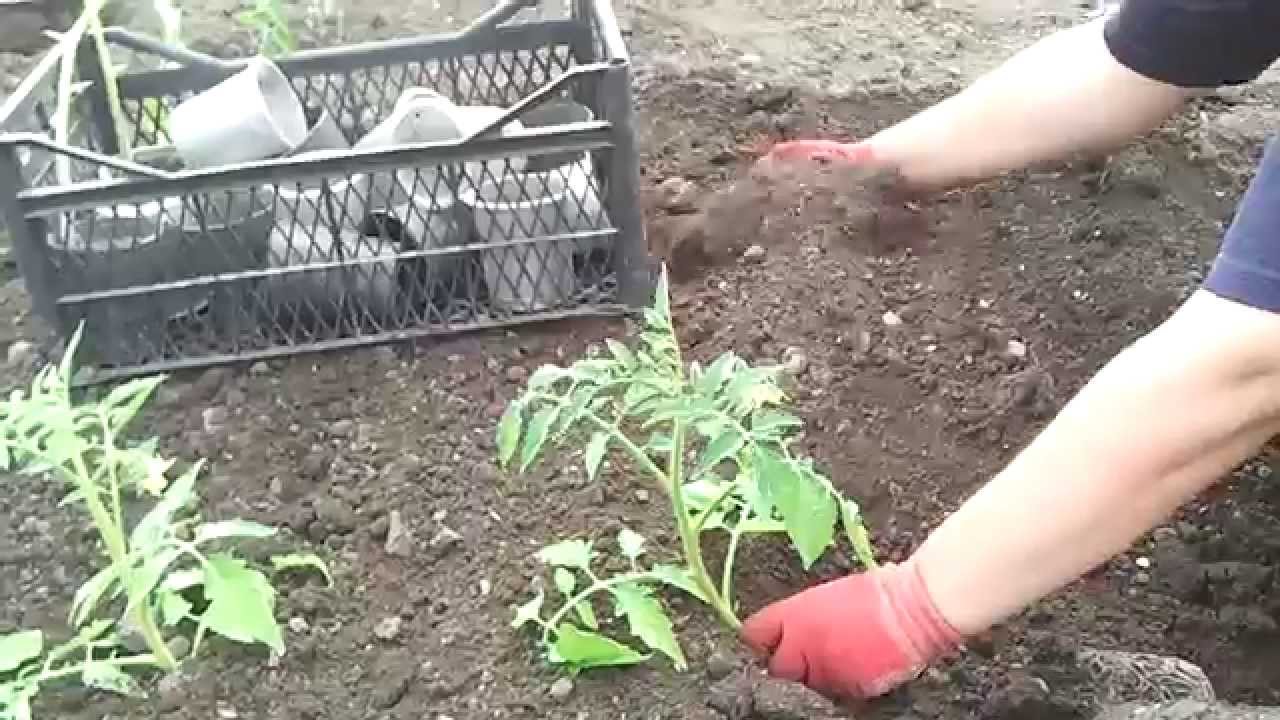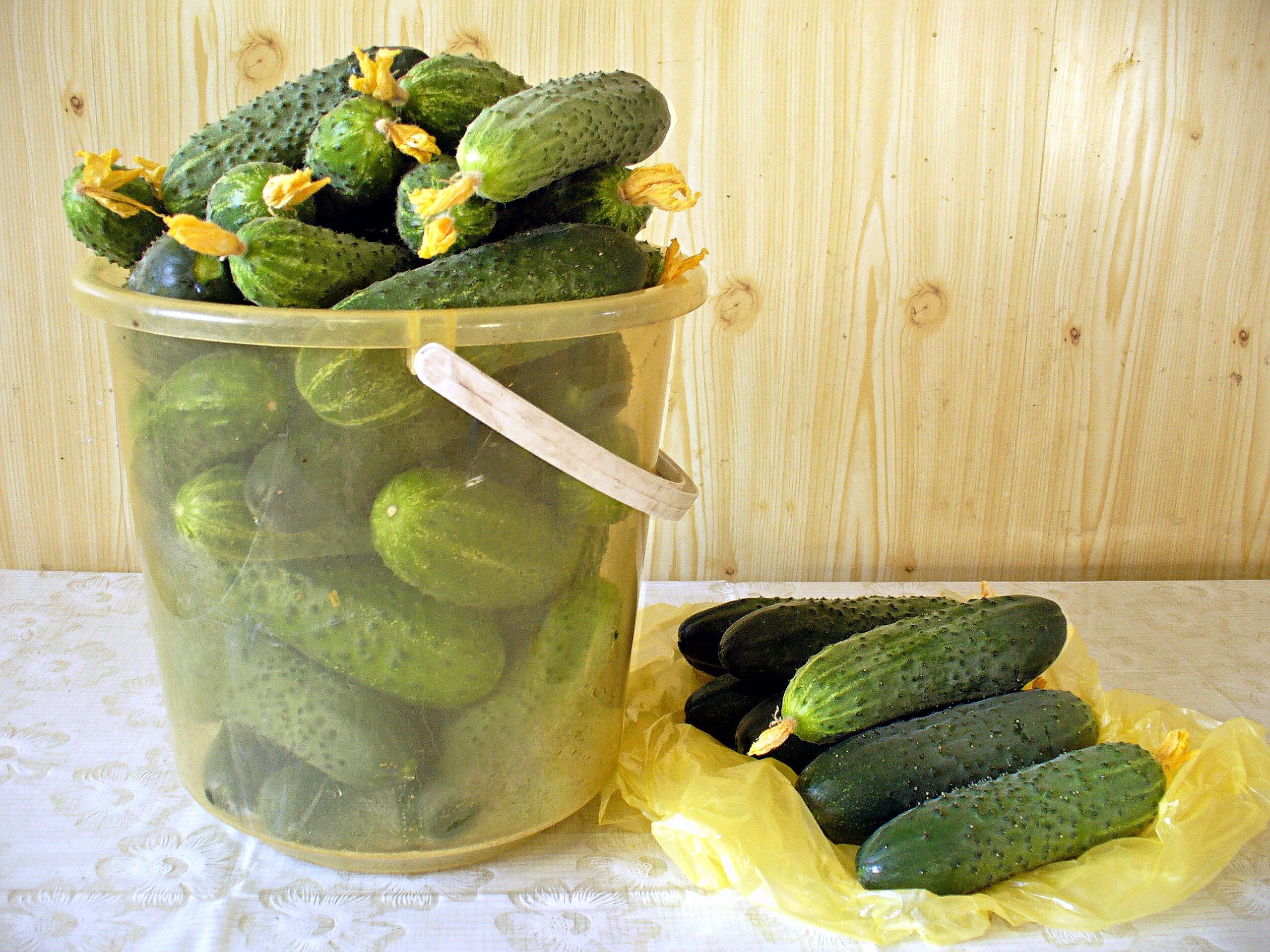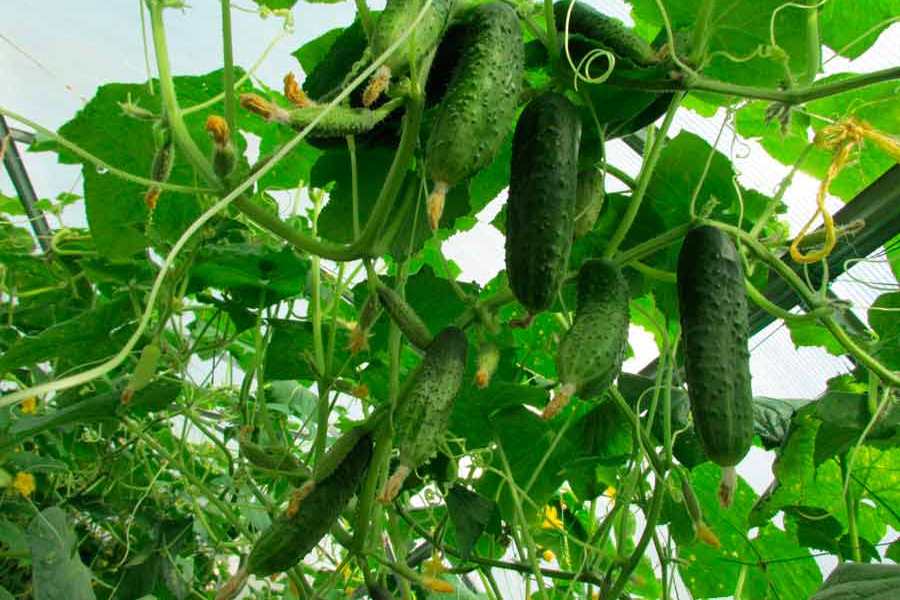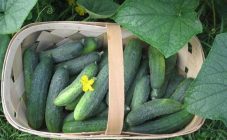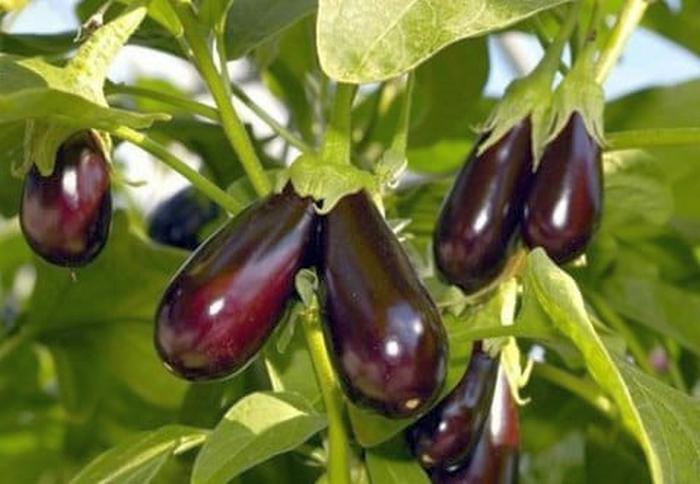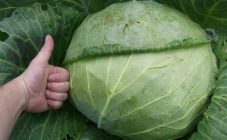Content:
In agronomy, there is such a thing as crop rotation. To figure out whether it is possible to plant cucumbers after tomatoes, you need to know its basic principles. It is enough to adhere to the planting rules, then the harvest of any crop will delight. Cucumbers and tomatoes are no exception.
Optimal conditions for growing cucumbers
When buying seeds, it is recommended to choose zoned varieties suitable for growing in the area where they are planned to be planted. Parthenocarpic and self-pollinated varieties are better suited for a greenhouse; cucumbers pollinated by bees are usually planted in open ground.
The preparation of the greenhouse is carried out in the fall, starting with the removal of garbage, plant residues, washing and disinfecting the walls. Then the top layer of soil about 8 cm thick should be replaced.After that, the soil should be filled with fertilizers:
- fresh manure - up to 25 kg;
- slaked lime - 250 g per sq.m.
- potassium nitrate - 50 g per sq. m;
- superphosphate - 50 g per sq. m.
The soil must be carefully dug up, and after the onset of frost, open the greenhouse to freeze it.
In the spring, a month before planting, the earth is dug up and covered with a layer of planting substrate from a mixture of peat (50%), humus (30%) and garden soil (20%), disinfected with copper sulfate.
In the open field, a bed for cucumbers is made in a sunny place, protected from the winds. In the fall, the soil is fertilized with organic matter and dug up; in the spring, before planting, the soil is leveled with a rake. Sandy soil is not very suitable for cucumbers, since it does not retain moisture, but heavy soil in which water stagnates is also not suitable.
It is also necessary to pay attention to the acidity indicator. A slightly acidic soil is suitable for a cucumber; this can be achieved by liming.
It is advisable to arrange raised ridges for planting cucumbers. Their height depends on how heavy the ground is on the site. The soil must be constantly moist and well fertilized.
Is it possible to plant cucumbers after potatoes or tomatoes
The answer to this question is given by special compatibility tables. This vegetable grows poorly after late cabbage and carrots. Legumes are considered good predecessors for cucumbers, representatives of nightshades are potatoes and tomatoes, as well as onions, celery, and leeks.
Optimal conditions for growing tomatoes
Tomato is a representative of nightshade crops. The key to good growth and yield is a properly prepared soil. Tomatoes love well-fertilized soil with an acidity of 6.5-7 pH. The land after harvesting in the fall should be cleared of plant debris and insect larvae. To do this, remove the top layer of earth 7 cm thick.
Then organic and mineral fertilizers are applied to the soil, everything is carefully dug up. Tomatoes respond well to the introduction of vermicompost.
For growing tomatoes in a greenhouse, a mixture of equal parts of humus and sod land with the addition of sawdust is ideal. You can improve the soil by adding specialized commercial soil "Tomato and Pepper", which contains all the necessary nutrients for the growth of these crops. It is introduced into the holes just before planting.
The ground should not be too wet, otherwise late blight will develop on the plants. For the prevention of late blight, the soil must be pre-treated with preparations based on copper or Baikal.
The grown greens are cut with a flat cutter 2 weeks before the planting of tomatoes and embedded in the surface layer of the soil without digging out the roots. Young green manure decomposes very quickly, saturating the earth with organic matter. But their number should be moderate, otherwise the grass will simply sour in the ground. Before planting, it is imperative to add a solution of complex mineral fertilizers to the hole.
The next year, tomatoes are planted after white and cauliflower, onions, peas, and corn. Planting is allowed after cucumbers, but in this case, the depleted soil must be properly fertilized, first replacing the top layer with a mixture of turf soil, peat and humus.
Is it permissible to plant cucumbers after tomatoes
In a greenhouse, there is not so much space, the crops inevitably have to alternate, since joint "living" for these two vegetables is not very suitable - they have absolutely different agricultural techniques.
Tomatoes have a developed root system that takes nutrition from the middle layers of the soil. Cucumbers have branched, but superficial roots, so they impoverish only the top layer of the soil. In addition, these crops suffer from various diseases, they do not have common pests.
Caring for cucumbers after planting
Whether cucumbers are planted after tomatoes or other crops were predecessors, they need proper care in any case. It is somewhat easier to observe agricultural techniques in a greenhouse. In a confined space, it is easy to maintain the heat and humidity indicators necessary for this culture.
Caring for greenhouses in a greenhouse is reduced to watering, feeding and pinching as needed. The plant is formed into one stem.
After the appearance of the next internode, the stem is wrapped around the twine, and all unnecessary shoots are pinched. The top of the head must be pinched when it outgrows the trellis by 25-30 cm. Along with pinching, antennae, old sprouted shoots and yellowed leaves are removed. If bee-pollinated varieties are grown in a greenhouse, to attract insects, you need to place sugar syrup in bowls with the addition of aromatic oils of anise and mint. The bee feed should be changed every 2-3 days.
The soil must be kept at a constant moisture level. In the heat, the plants are watered daily, and in cloudy weather - as needed. At the beginning of fruiting, watering, on the contrary, is stopped, slightly drying the soil. To prevent the soil from compaction, it is better to use sprinkler irrigation. Water cucumbers in the evening with warm water. After watering, the ground is slightly loosened, trying not to touch the roots. The greenhouse is aired daily, but they do it carefully, avoiding drafts.
Top dressing should be carried out with complex mineral fertilizer. The first time the soil is fertilized a month after planting the seedlings. In the future, the procedure is repeated every 7-10 days.From organic fertilizers, fermented infusion of bird droppings or mullein is suitable. You can add some ash to the composition.
In open ground in a sunny area, cucumbers can be grown quite quickly and at the same time they will give a good harvest.
We must not forget about preventive treatments for diseases and pests, they will help to save the harvest.
